Fear, the Yips, and the Sea of Cortez
The New Way
December 20, 2013Afraid of skulling it over the green and into the Sea of Cortez? You’re not alone.
Short shots around the green, that sit perched upon tightly mown Bermuda grass, have a way of instilling fear in those with even the most astute of wedge games. It is these shots, of only about 15-20 yards, where a half an inch can mean the difference between glory, or a golf ball rocketed over the back of the green that will eventually find the Sea of Cortez if you are playing here in Los Cabos, Mexico. Some folks have a little fear, then a skull or two, then a few chunks, and then come the yips. . .then the clubs go in the corner of the garage. Or worse yet, you start reaching for your putter the minute your GPS tells you you’re inside 50 yards. C’mon, What fun is it to full swing the flat blade from 50 yards?
Here’s the deal with these shots. Most think they should play this shot by taking their 56 or 58 degree wedge, playing the ball in the middle or slightly back in a narrower stance, leaning the body weight and club shaft forward, and striking down and through the ball, compressing it against the club face and ground, thus imparting spin and therefore control on the golf ball. This is in fact correct, and if you were to open a textbook about playing 15-yard pitch off a tight lie, this would be the definition. Subconsciously, when we are less than committed to technique, we try and ‘help’ or ‘cheat’ the ball with our right or trailing hand, in addition to staying too far behind the ball. This actually raises the leading edge of the club through the hitting area, and increases the chance of making contact on the Latin America area of the ball, so to speak, with the blade of the club, rather than compressing the face of the club onto the North American region of the ball. The problem is you can’t separate the technique from the mental aspects of this shot, that aspect primarily being the fear of blading it into the Sea of Cortez. Instructors teach this technique relentlessly, but fail to provide psychological bridges the student can employ on the course when this technique may not be completely augmented yet. With the presence of fear, a new motor pattern is difficult to construct in practice, and even more difficult to employ with consequence on the course.
So, here’s how you proceed. First, bridge the gap of your fear on the course. Learn to hit this shot with a 3 wood. It’s more efficient than a putter, or a hybrid, in that it requires less of a motion than the putter, and it imparts topspin more easily than the hybrid. Play the ball back, stand tall, lean the handle forward, and impart topspin on the ball. Keep it on the ground. Pretend the hole is about 10 feet shorter than actually is, this will compensate for the ‘hotness’ of the 3-wood. For the time being, rock this shot around tight lies and you’ll expend less mental energy and worry.
Next, go to the practice range and hit 25 pitches in a row without skulling it, utilizing good technique. Set up a game that rewards you for doing this. Play toward reward, and not away from fear. When you can perform a shot, under pressure on the range, and orient yourself toward reward, you are ready to take that shot to the golf course. This goes, with any shot, really.
You see the issue with modern golf instruction and coaching is that it fails to properly integrate the technical aspects with the mental nuances that directly influence our ability to execute. Most people understand technique, but are governed by and vacillate in, the shadow of the fear of failure, rather than moving with conviction toward reward and opportunity. As with success in life, successful pitch shots are all about technique, orientation toward opportunity, commitment, and belief, without it, the Sea of Cortez awaits. This is the new paradigm for performance and practice.
